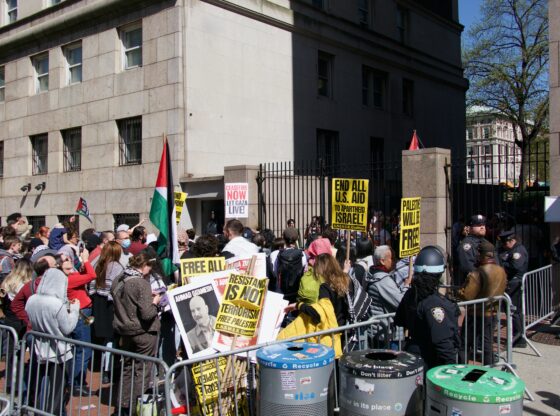The concept of one-person, one-vote has been disputed since the creation of the Constitution. Most recently, this pursuit has been centered around partisan gerrymandering, the process that occurs when a party in power redistricts the state according to voters’ party affiliation to win more House seats.
The Supreme Court is currently hearing Russo v. Common Cause and Lamone v. Benisek, cases of Republican and Democrat gerrymandering, respectively. Inconsistent with the other conservative justices, Justice Brett Kavanaugh has hinted he will rule against partisan gerrymandering if given a defendable opportunity. Justices Clarence Thomas, Samuel Alito and Neil Gorsuch firmly believe that redistricting is strictly a legislative power. Kavanaugh and possibly John Roberts are on the fence because of their close ties to specific gerrymandered districts in Maryland. Ruth Bader Ginsburg, Elena Kagan, Sonia Sotomayor and Stephen Breyer will almost definitely vote against partisan gerrymandering if the prosecution can meet all of the requirements the court has previously recommended.
Gerrymandering utilizes two key methods: “cracking” and “packing.” Cracking is done by separating a group of voters into different districts to minimize the value of their vote in a district where they cannot compete against the monolithic majority. Packing is done by placing voters into dense, partisan districts in order to remove their vote from districts where it could swing the election.
This is a bipartisan issue. Both Republicans and Democrats have lost votes through gerrymandering, although Democrats have lost significantly more. Republicans typically resonate more with rural voters and Democrats with urban voters, thus it is easier for Republicans to group dense Democrat voters into one district by “packing” and “cracking.”
The Supreme Court has delayed ruling on the legality of gerrymandering numerous times, most recently in Gill v. Whitford (2018), for various reasons. First, the Supreme Court wants to hear a specific individual’s case in which their rights were infringed upon in order to provide a proper ruling and not to meddle in the act of policymaking. Second, and most importantly, there is no agreed-upon solution to gerrymandering. What percentage of proportionality should be the cutoff rate for legal versus illegal gerrymandering? In other words, should the state-wide popular vote evenly reflect the party alliance of the elected officials? What defines fair?
Humans are inherently biased, and this makes drawing congressional district maps extremely difficult. Brian Olson, a software engineer, suggests taking the human out of the equation and using an algorithm, which can be biased but is consistent, to map districts with data from each census to achieve compactness. Even this algorithm has drawbacks, as racial gerrymandering is illegal according to the Supreme Court, and drawing lines around minority communities is a form of racial gerrymandering. This algorithm has not found an effective way to ensure each person receives an equal vote, but it puts forth interesting ideas and thoughtful debate.
Ultimately, this Supreme Court decision could protect or deny thousands of individuals’ voting rights and affect the millions of citizens of the U.S. California and Arizona have taken positive steps towards redistricting their states based solely on “the Voting Rights Act, district shape, geographical features, respect for communities of interest and potential competitiveness.” Personalizing state’s redistricting committees will take into account the human factor and come up with a result that is consistently more reliable.
Whether each state is willing to take the time and money to ensure the one-person, one-vote principle is up to the state and federal governments. It is essential, especially when our democratic institutions are being threatened, to protect the simplest principle of democracy, even if that protection is presently imperfect.











